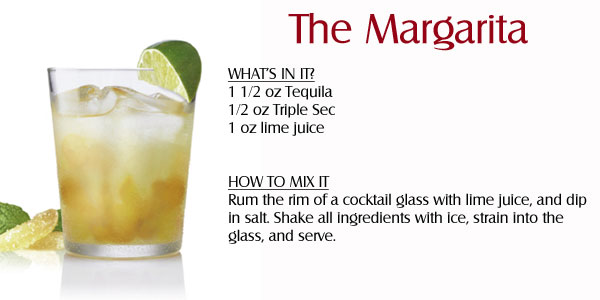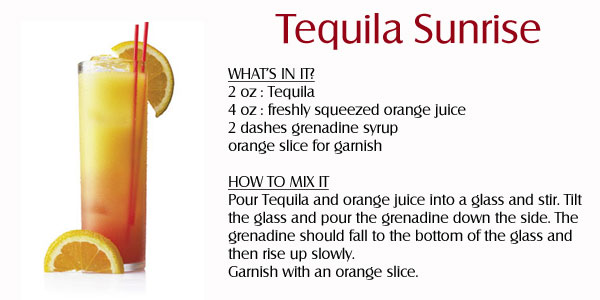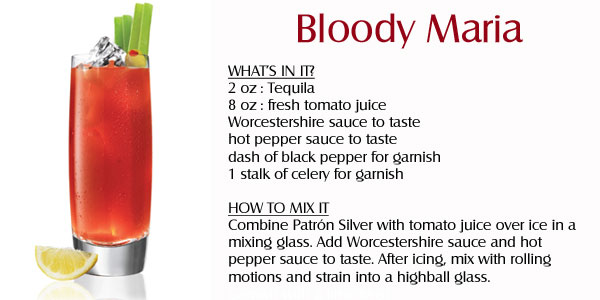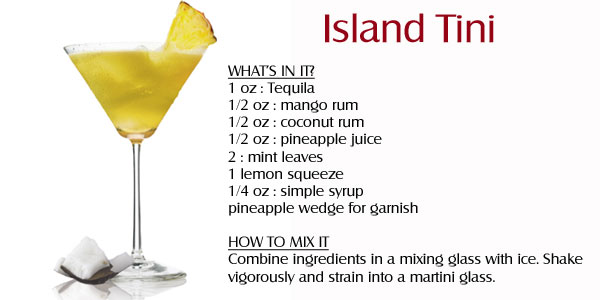Tequila
Tequila
What the Heck Is It?
Intro:
Tequila is rich in a history far beyond the popular Margarita. Originally used during rituals beginning 2,000 years ago, tequila has evolved into the potent spirit we drink today. The town of Tequila was founded in 1656 and shortly thereafter tequila was produced throughout Mexico, with Jose Cuervo being the first to commercialize the product. The late 1800’s saw the first imports to the US and the following Mexican Revolution and World Wars added to the international popularity of tequila.
The Agave Plant:
Tequila is made by distilling the fermented juices of the blue agave plant (a member of the lily family) with water. After 10 years of growing, the agave plant is ready to be used in the production of tequila. The large bulbous plants are quartered and slowly baked in steam ovens until all starches are converted to sugars. This product is crushed in order to extract the plant’s sweet juices that are then fermented.




100% Agave vs. Mixto:
According to Mexican law all tequila must contain at least 51% agave. Really good tequila is 100% agave and the law requires them to be produced, bottled and inspected in Mexico. Because of the regulations few tequileros (tequila distillers) produce this higher quality spirit and a bottle can be quite expensive. Tequila that is not 100% agave is called mixto because it is blended with sugar and water during distillation. Mixto tequilas can be produced outside of Mexico.
Distillation:
Tequila is distilled in pot stills until it reaches 110 proof. The result is a clear spirit with a significant amount of congeners. Some tequileros re-distill the tequila to produce a cleaner, blander liquor. The darker varieties get their color from the addition of caramel or, in the case of high-quality tequila, from barrel aging. Other tequilas are flavored with small amounts of Sherry, prune concentrate and coconut. Most tequila requires no aging.
There are 4 types (tipos) of Tequila...
Silver or Blanco/White Tequila (Tipo 1):
Silver Tequila is a clear spirit that can be either 100% agave or mixto. These tequilas are aged no more 60 days in stainless steel tanks, if they are aged at all. Silver tequila is primarily used for mixing, especially in fruit-based drinks and Brave Bulls.
Gold or Joven Tequila (Tipo 2):
Gold Tequila is an unaged silver tequila that is colored and flavored with caramel. These tequilas blends, or mixtos, and are very sweet and smooth making them perfect for shots and Frozen Margaritas.
Reposado Tequila (Tipo 3):
Reposado, or "rested," Tequilas are aged in wood tanks or casks for a minimum of 2 months. The higher-quality Reposados are aged from 3-9 months. This type of tequila has a robust flavor, is the best-selling in Mexico and can be either 100% agave or mixto. Quality Reposado and Añejo Tequilas are excellent sippers.
Añejo Tequila (Tipo 4):
Añejo Tequila is "old" tequila. These tequilas are aged in white or French oak barrels (and often used Bourbon barrels) for a minimum of 1 year producing a dark, very robust spirit. The best añejos are aged between 18 months and 3 years while the best 100% agave tequila is aged for up to 4 years. Many tequileros believe that aging longer than 4 years ruins the earthy flavor tones. Añejo is best enjoyed in a snifter to appreciate its aroma.
Note: If a tequila is aged longer than 3 years it falls into a fifth category: Extra Añejo.
Mezcal:
Mezcal can use any of 8 approved varieties of the agave plant unlike tequila which is only made of blue agave. This is where the worm comes into the story. While the reason is obscure, one version says that the worm was placed in the bottles to prove that the alcohol is high enough to preserve a worm intact. The worm itself is the larva of 1 of 2 moths that live on the agave plant and are safe to consume, as many frat boys have proven. Top-quality Mezcals do not have a worm.
Reading the Label:
There are many brands of tequila on liquor store shelves, choosing the right one can be a daunting task. Here are some of the things you'll find on the label that will help you make a good choice. Keep in mind that you pay for what you get.
- Type (Tipo): Blanco, Gold, Reposado, Añejo
- Purity: Only 100% agave is labeled as such. If the label does not say 100% agave it is a mixto.
- NOM: Refers to the distiller registration number. Take an NOM list with you to the store as there are more than 500 brands produced by about 70 distillers. All tequila labels are required to have an NOM. No matter what the label says, the NOM does not indicate quality.
- CRT: An indication that the Tequila Regulatory Council has certified the product. Again, this is not a guarantee of quality, it simply says that the CRT has approved the production process of the company.
- Hecho en Mexico: Made in Mexico. 100% agave tequilas can only be made and bottled in Mexico. Hecho a mano means 'handmade' and, while it is not an official term, it usually indicates traditional production processes.
- DOT: Denomination or origin number, indicating compliance with Mexican regulations regarding where the product was made. Not on all labels.
- Brand Name: This doesn't indicate who makes the product (see NOM).
- Alcohol Content: Tequilas in Mexico are usually 38-40% alcohol, but legally may be higher, up to 50%.
